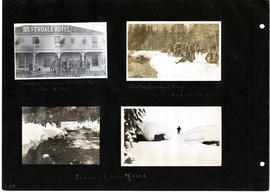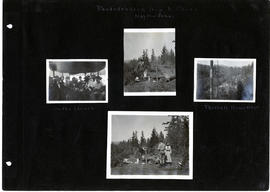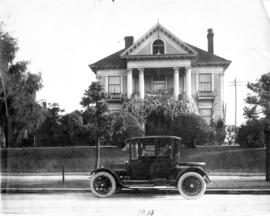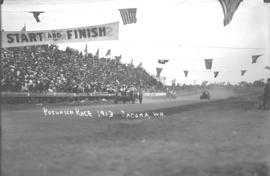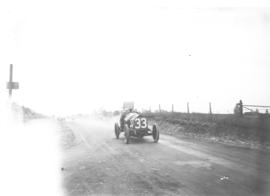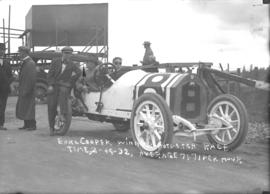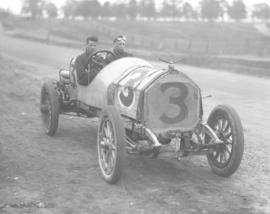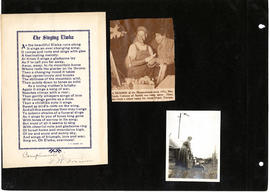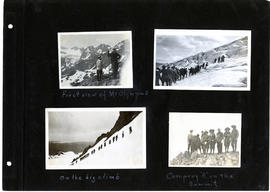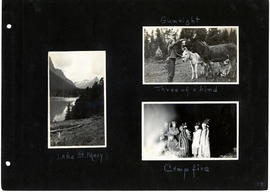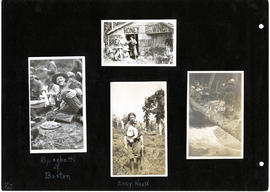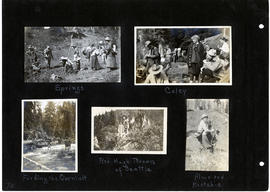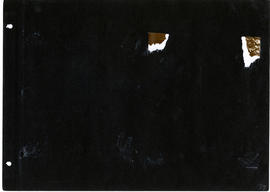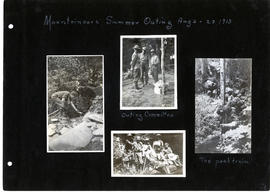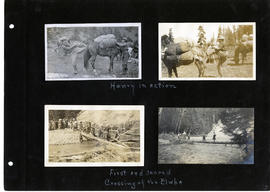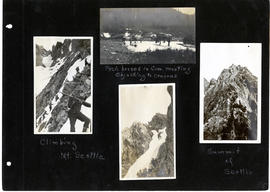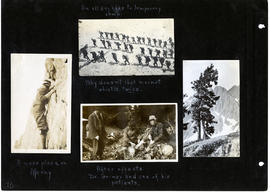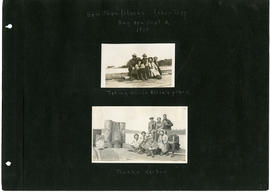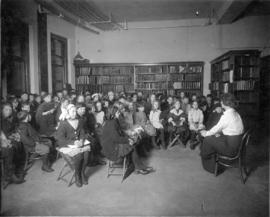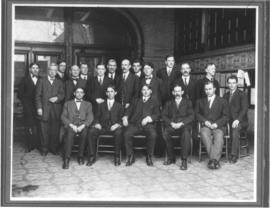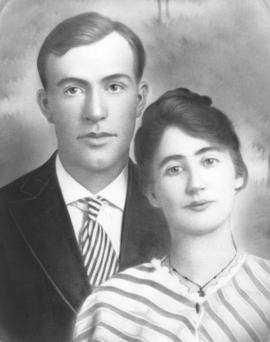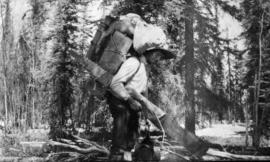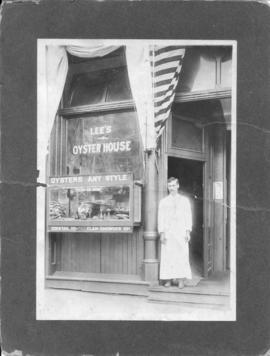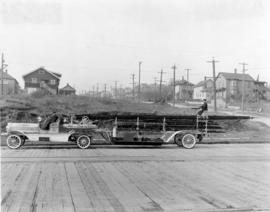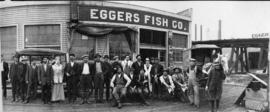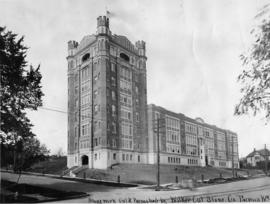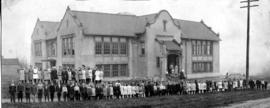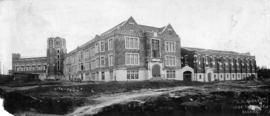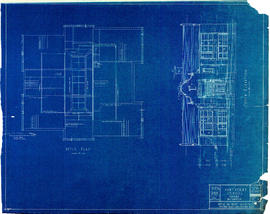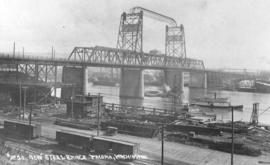Encouraged by 16,000 screaming racecar fans, three cars rush to the finish line in the "Golden Potlatch," one of two races run on July 5th, 1913 at the Tacoma Speedway. The race was 200 miles, 58 laps of 3.516 miles each, run on a dirt track and open to Class "E" non-stock cars with a winner's purse of $3,500. Earl Cooper and his white Stutz won the race in 1913 after "Terrible Teddie" Tetzlaff dropped from the lead with a broken cam shaft. Cooper's time was 2:49:32. 1913 was a victorious year for Cooper; he won 7 of 8 major road races and claimed his first national championship. The Tacoma Speedway racetrack had opened in July of 1912, financed by a group of Tacoma businessmen led by Arthur Pritchard, President of the Tacoma Automobile Association. During its years of operation, 1912-1922, most of racing's greats sped around the track, which was rated one of the three best in the United States. TPL-5481, Speedway Glass- 020 (TDL 7/6/1913, pg. 1, www.historylink.org, www.hickoksports.com)
Tacoma Speedway (Lakewood); Racetracks--Lakewood--1910-1920; Automobile racing--Lakewood--1910-1920;
